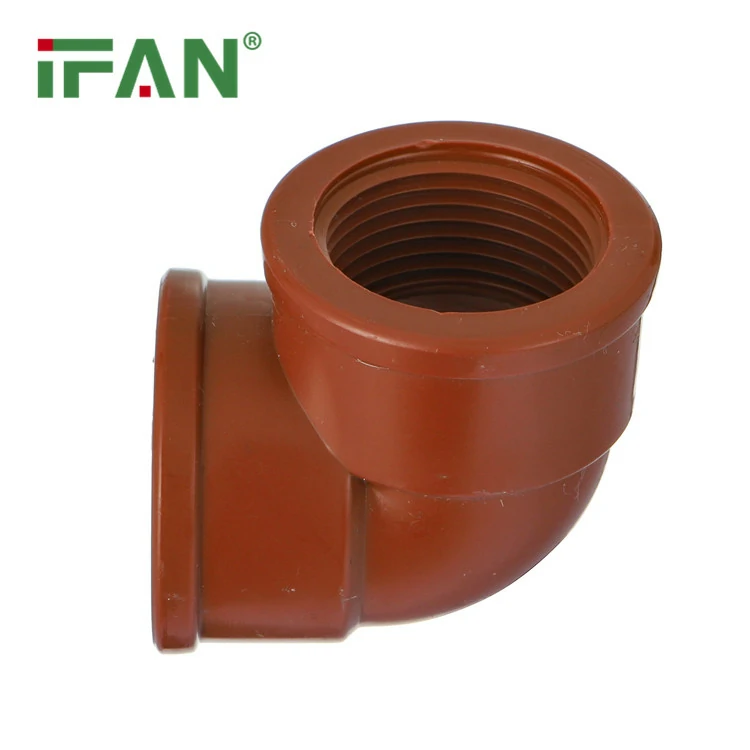
I. Introduction to PPH Fitting Elbows
PPH fitting elbows, crafted from polypropylene homopolymer (PPH), are essential components in piping systems that facilitate the smooth redirection of fluids at 90-degree angles. These high-performance fittings are renowned for their durability, chemical resistance, and ability to withstand extreme temperatures, making them a popular choice across various industries.
II. Key Characteristics of PPH Fitting Elbows
- Durability and Strength: Manufactured from premium-grade PPH resin, these elbows exhibit exceptional strength and durability. They can withstand high pressures and resist deformation, ensuring reliable performance even in demanding applications.
- Chemical Compatibility: PPH fitting elbows boast unparalleled chemical resistance, enabling them to safely convey a wide range of fluids, including acids, bases, solvents, and other aggressive chemicals. This feature minimizes the risk of corrosion or degradation, extending the lifespan of the piping system.
- Temperature Tolerance: With a broad operating temperature range, PPH fitting elbows can handle both hot and cold fluids with ease. Their high heat resistance ensures stable performance in high-temperature environments, while their low-temperature flexibility prevents cracking or brittleness in cold climates.
- Smooth Flow Dynamics: The interior surfaces of PPH fitting elbows are designed to be smooth and seamless, minimizing turbulence and pressure drop. This promotes efficient fluid flow, reducing energy consumption and maintaining optimal system performance.
- Ease of Installation and Maintenance: PPH fitting elbows are typically installed using thermal fusion techniques, creating a strong, leak-proof joint. This simplifies installation and reduces the need for additional sealing components. Moreover, their durable construction minimizes maintenance requirements, lowering overall operational costs.
III. Applications of PPH Fitting Elbows
PPH fitting elbows find widespread application in industries such as chemical processing, pharmaceutical manufacturing, food and beverage production, and water treatment. Their ability to withstand harsh conditions and maintain efficient fluid flow makes them ideal for complex piping systems that require precise fluid redirection.
IV. Advantages Over Traditional Materials
Compared to traditional materials like metal or PVC, PPH fitting elbows offer several advantages. They are lighter in weight, making installation and transportation easier. Their superior chemical resistance and temperature tolerance ensure longer service life and reduced maintenance. Additionally, PPH is a non-toxic and recyclable material, aligning with modern sustainability initiatives.
V. Conclusion and Future Prospects
In conclusion, PPH fitting elbows are a reliable and high-performance solution for piping systems requiring efficient fluid redirection. Their unique combination of durability, chemical resistance, and ease of installation make them an attractive choice for various industries. As technology advances and industries continue to prioritize sustainable practices, PPH fitting elbows are likely to become even more prevalent in piping systems worldwide. With ongoing innovations in material science and manufacturing processes, the performance and versatility of these fittings are poised to improve further, expanding their potential applications and enhancing the efficiency of piping systems globally.





